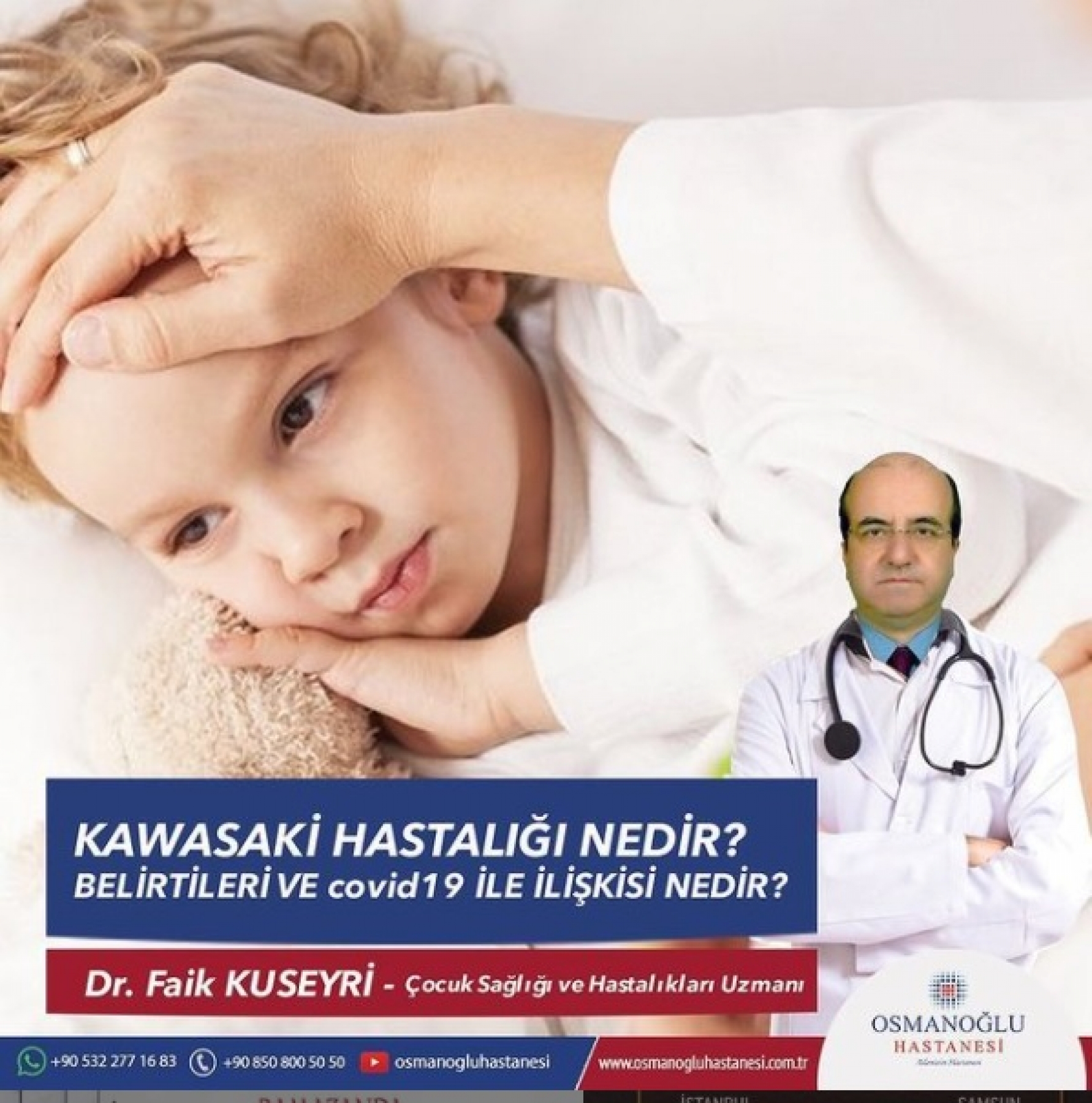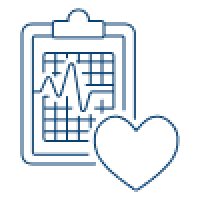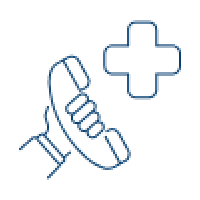Corporate
Corporate
Clinical Units
Our Physicians
E-Services
WelcomeOur FounderMessage from our FounderOur Vision, Mission and ValuesPatient RoomsPatient Rights and ResponsibilitiesVisitor PolicyOrganization ChartContracted InstitutionsQuality Management Unit Quality Management StudiesPersonal Data Protection Law and ConsentBaby Friendly Hospital Osmanoğlu in Press
Our Catalogue
E-Staff Suggestions and Complaints
Human Resources
Health Brochures







 info@osmanogluhastanesi.com.tr
info@osmanogluhastanesi.com.tr +90 850 800 50 50
+90 850 800 50 50 WhatsApp
WhatsApp





